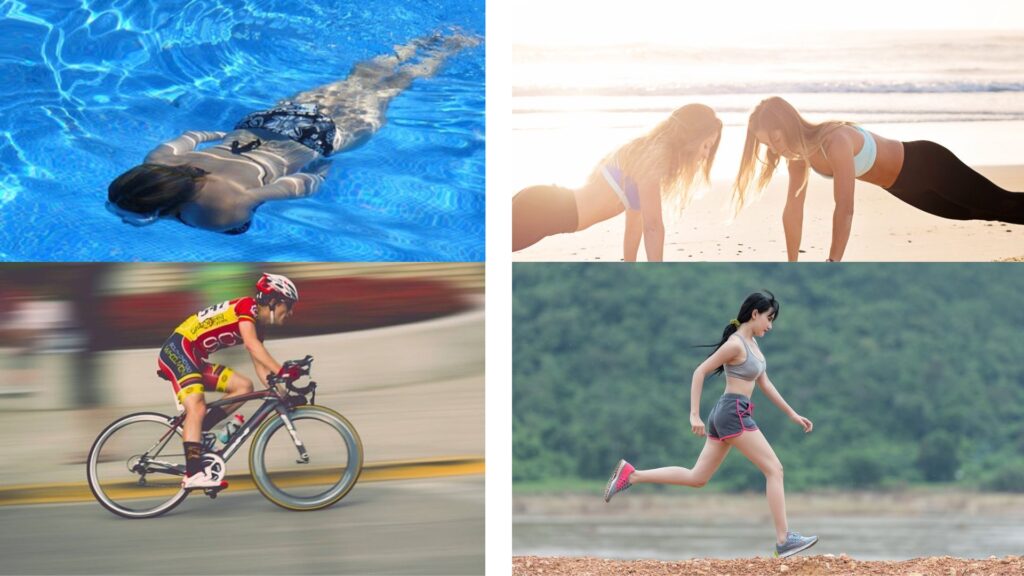Here are few more topic related links which are made by me for more deep information ! 🙂
High-Protein Diet: Benefits and Best Practices for Weight Loss
Keto Diet: How to Achieve Rapid Weight Loss Safely
10 Effective Exercises for Burning Belly Fat for Women.
-
FAQ
- Q: Can I do these exercises if I have joint pain or other physical limitations? A: Yes, many of these exercises can be modified to accommodate joint pain or physical limitations. Always consult with a healthcare professional before starting any new exercise routine.
- Q: How often should I do these exercises to see results? A: Aim for at least 150 minutes of moderate-intensity exercise or 75 minutes of vigorous-intensity exercise per week, spread out over several days, for best results.
- Q: Do I need any special equipment for these exercises? A: Most of these exercises can be done with little to no equipment. Investing in a pair of comfortable workout shoes and a yoga mat can be beneficial but is not always necessary.
- Q: Can I lose weight just by doing these exercises, or do I need to change my diet too? A: While exercise is important for weight loss and overall health, it’s equally important to maintain a balanced diet that supports your goals. Focus on eating whole, nutrient-dense foods and monitoring your portion sizes.
- Q: How can I prevent injury while doing these exercises? A: Start slowly, warm up before exercising, use proper form, and listen to your body. If you experience pain or discomfort, stop the exercise and consult with a fitness professional.
- Q: Can I do these exercises at home, or do I need to join a gym? A: Many of these exercises can be done at home with minimal space and equipment. However, if you prefer the gym environment or want access to additional equipment, joining a gym may be beneficial.
- Q: Will I see results right away, or does it take time? A: Results vary from person to person, but it’s important to be patient and consistent with your exercise routine. You may start to notice improvements in your strength, endurance, and overall well-being before you see significant changes in weight.
- Q: Can I do these exercises if I’m pregnant or postpartum? A: It’s essential to consult with a healthcare provider before starting any new exercise routine during pregnancy or postpartum. Depending on your individual circumstances, modifications may be necessary.
- Q: How can I make these exercises more challenging as I progress? A: Gradually increase the intensity, duration, or difficulty of the exercises, or incorporate variations and progressions to keep challenging your body as you get stronger and fitter.
- Q: What if I don’t enjoy these exercises? Are there alternatives? A: The key to sticking with an exercise routine is finding activities that you enjoy. If you don’t enjoy these exercises, explore other forms of physical activity such as swimming, dancing, or group fitness classes until you find what works for you.




Comments